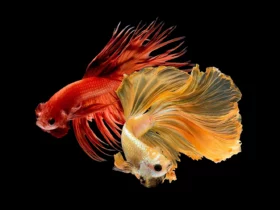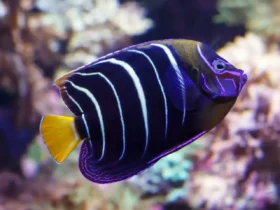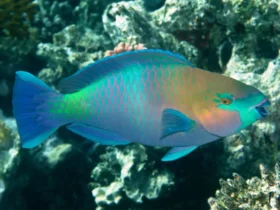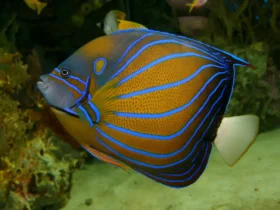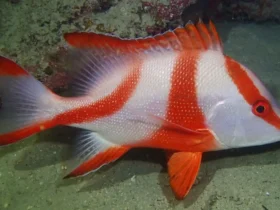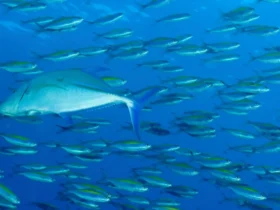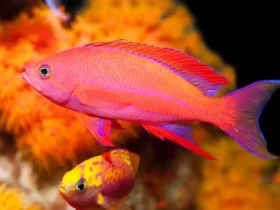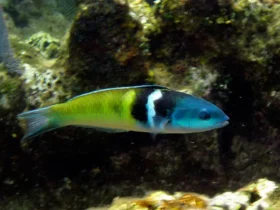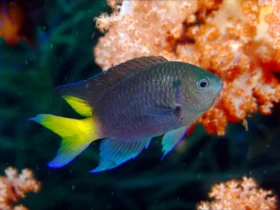Bicolor angelfish, also known as Centropyge bicolor, are popular marine fish that are prized for their vibrant colors and striking patterns. They are native to the Indo-Pacific region and are commonly found in coral reefs. Bicolor angelfish belong to the family Pomacanthidae and are part of the larger angelfish group. In this article, we will explore the enchanting world of the Bicolor Angelfish, uncovering its appearance, habitat, behavior, and the importance of protecting its fragile ecosystem.
Bicolor Angelfish images
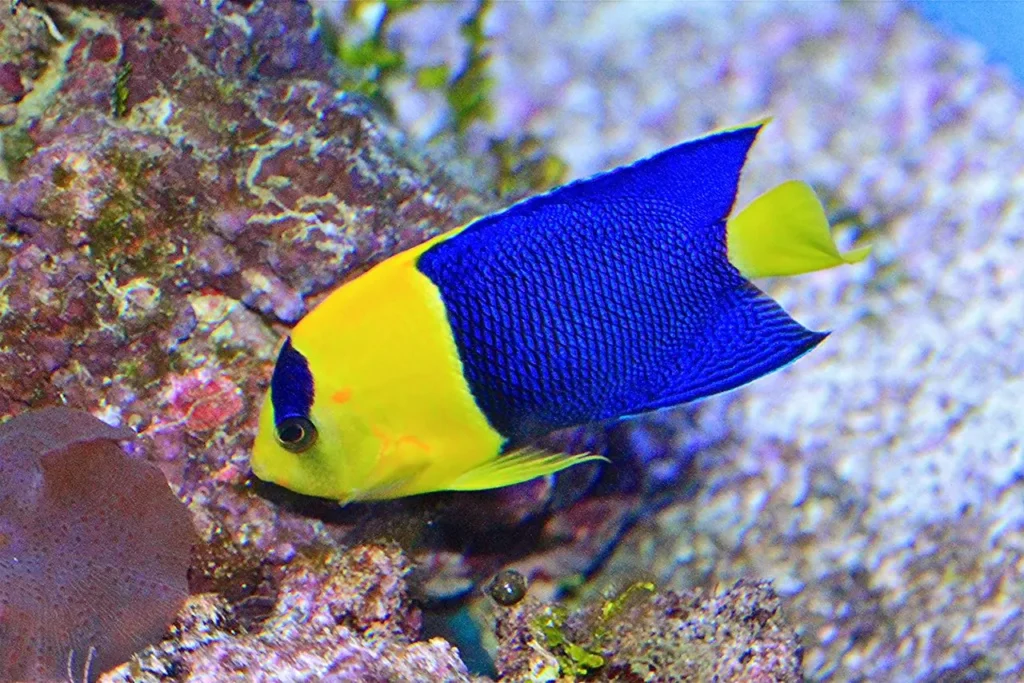
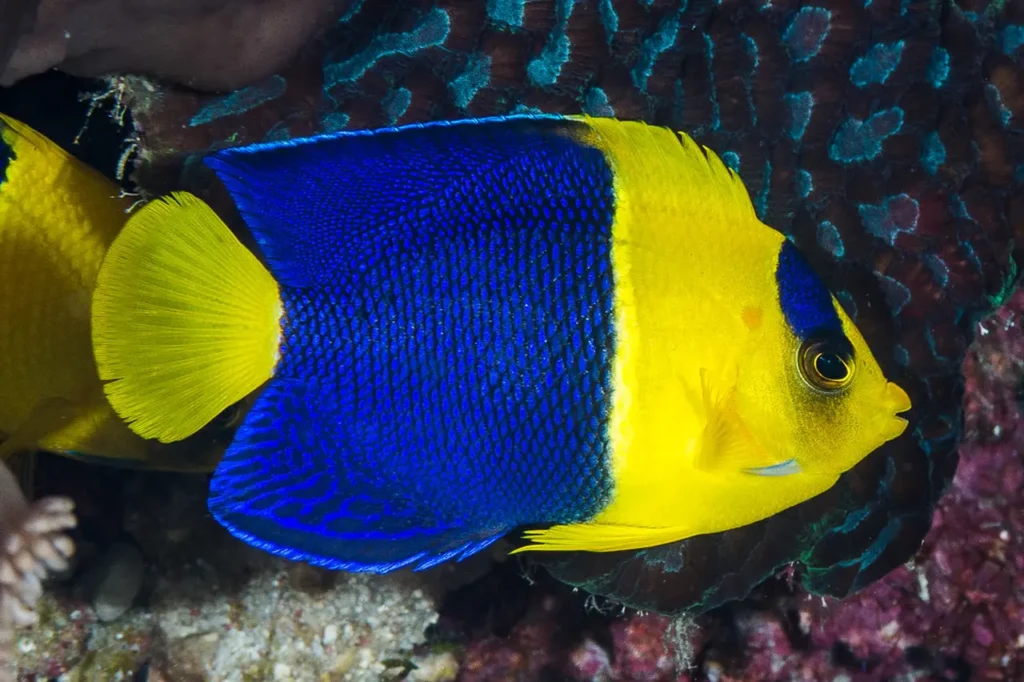
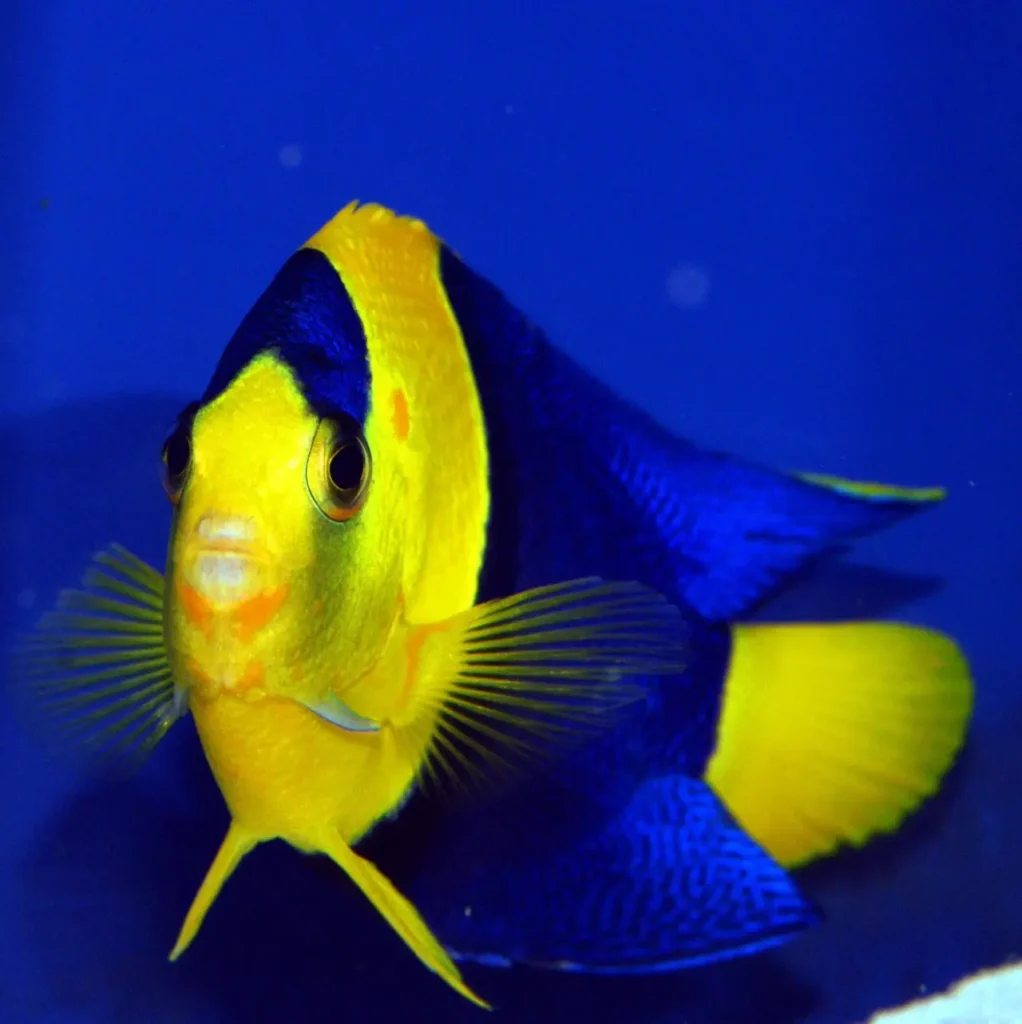
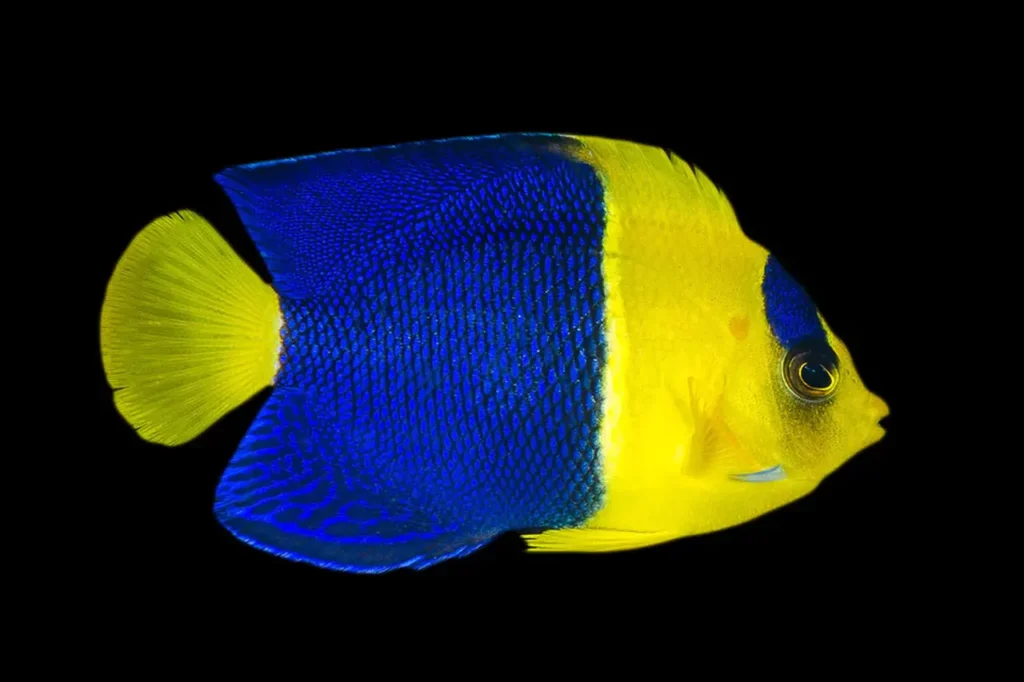
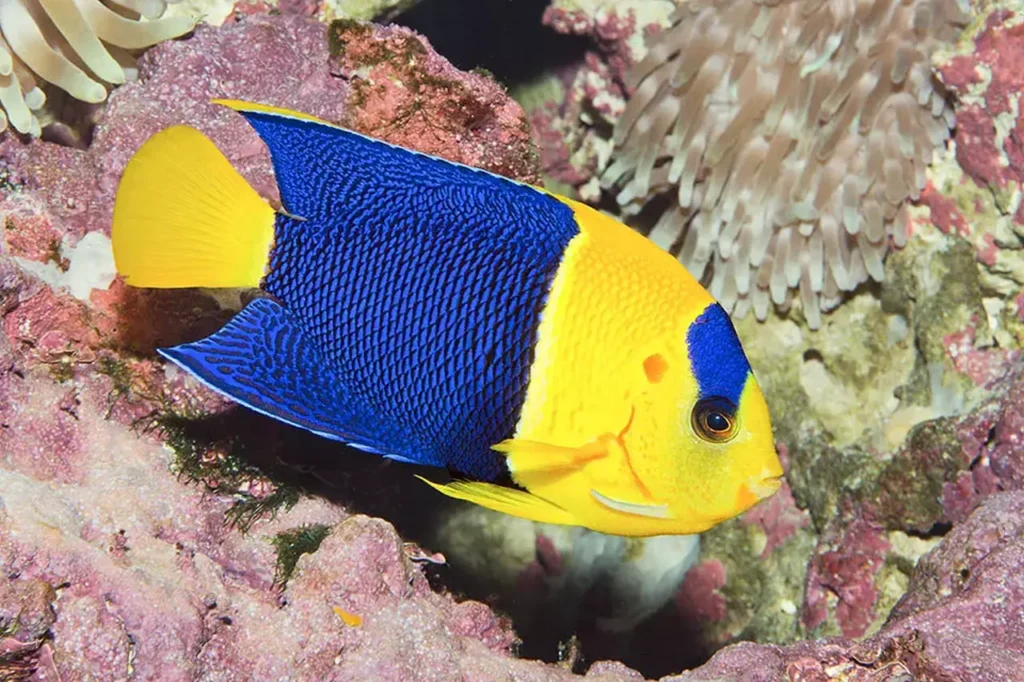
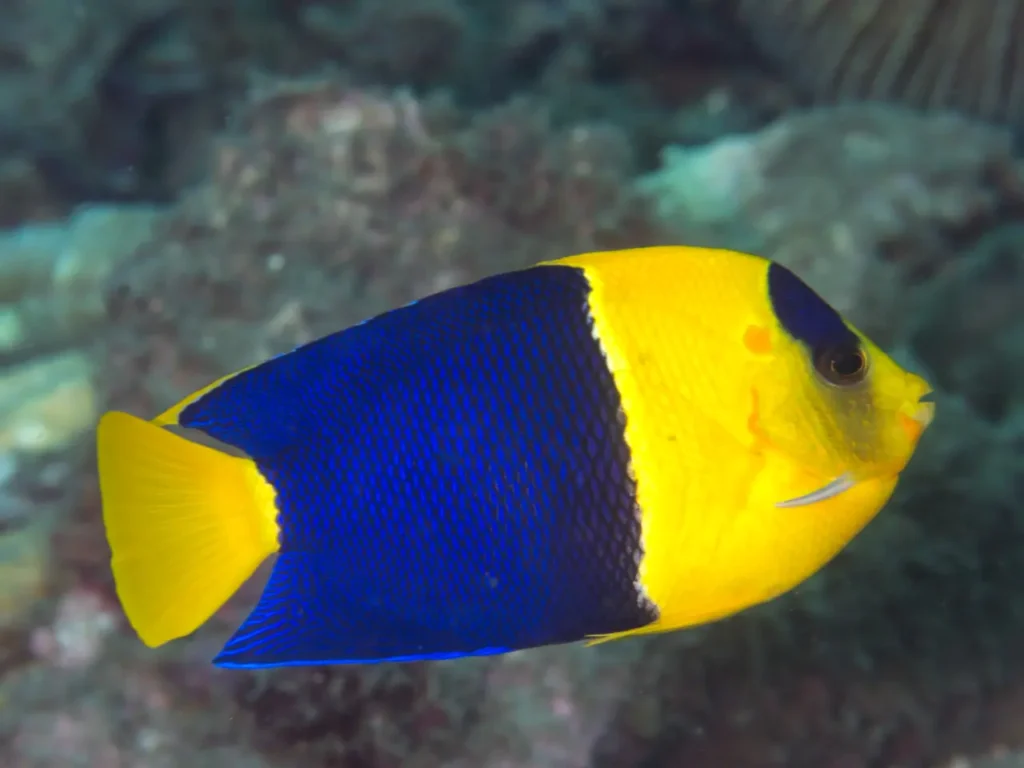
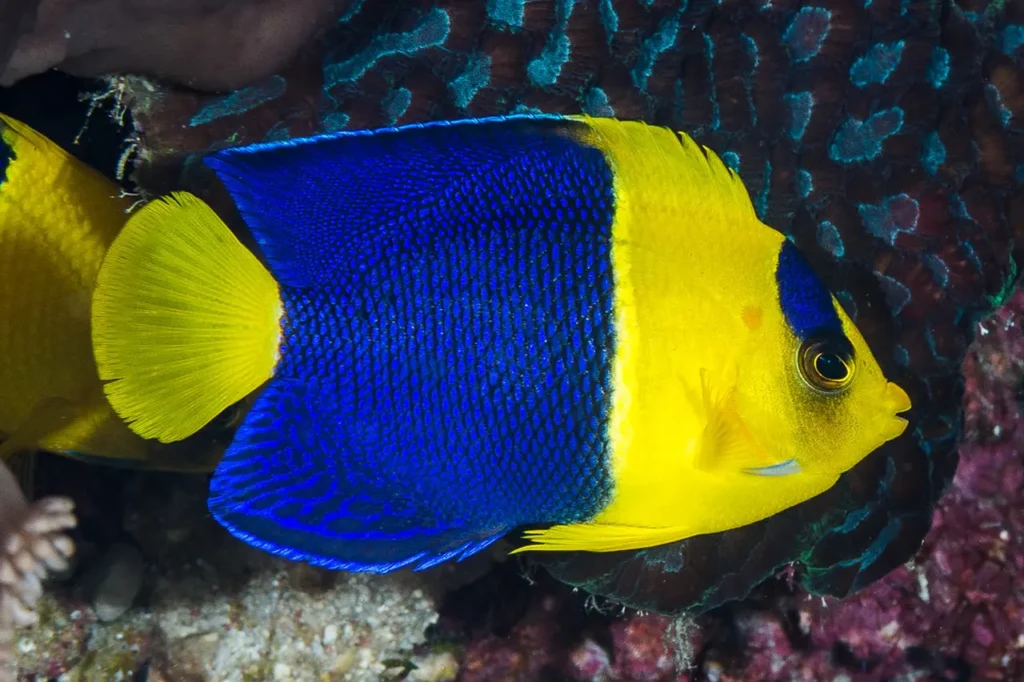
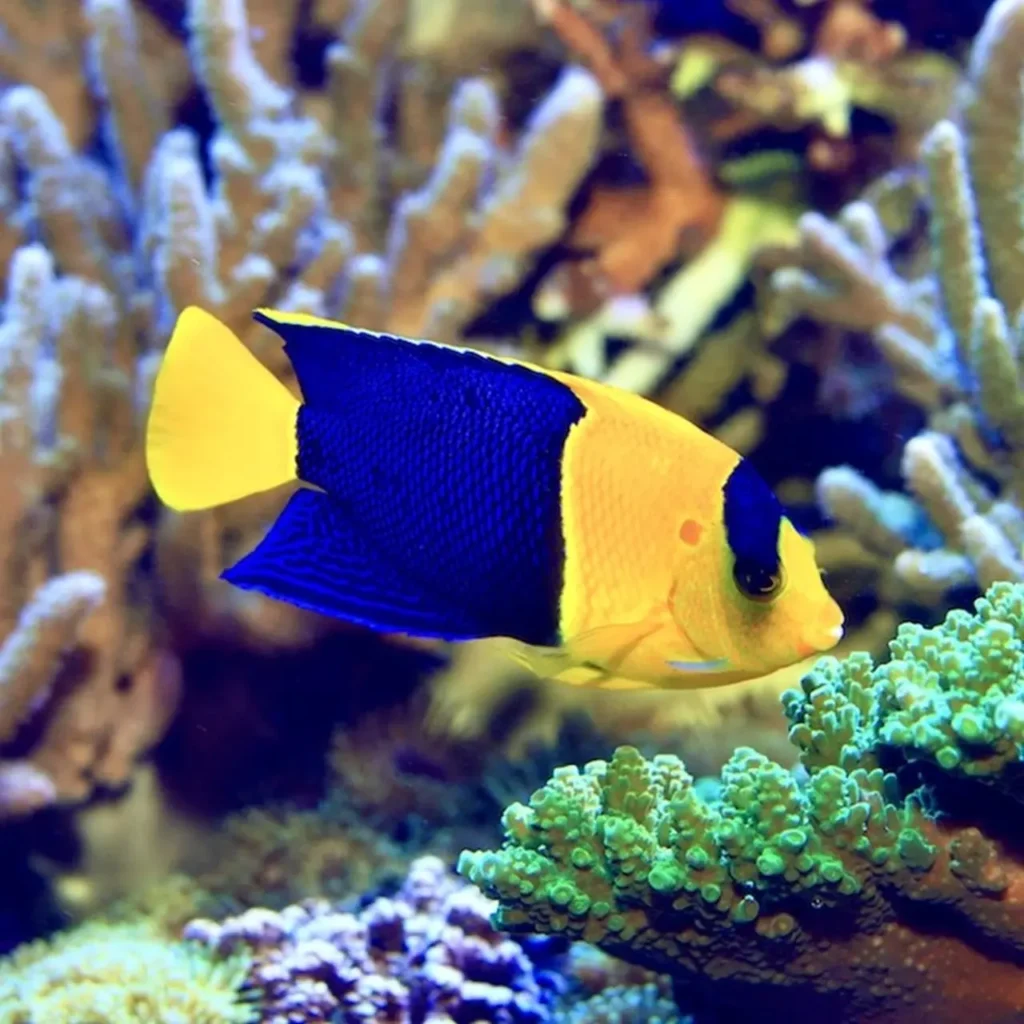
Appearance and Coloration
The Bicolor Angelfish, scientifically known as Centropyge bicolor, is a small and beautifully patterned marine fish. Its body features a brilliant blue anterior, ranging from deep royal blue to turquoise, which fades into a vibrant orange or yellow posterior. The transition between the two colors is often marked by a distinct horizontal line, adding to its visual appeal. The dorsal, anal, and caudal fins also showcase accents of blue and orange, completing the fish’s striking color scheme. Its radiant hues and contrasting patterns make the Bicolor Angelfish a standout resident of coral reefs.
Types of Bicolor Angelfish
The Bicolor angelfish is characterized by its distinct coloration and markings. Here are some variations and types of Bicolor angelfish:
- True Bicolor Angelfish (Centropyge bicolor): This is the most common type of Bicolor angelfish. It has a striking color contrast, with a bright yellow anterior half of the body and a dark blue to black posterior half. The division between the yellow and blue sections is typically well-defined.
- Lemonpeel Angelfish (Centropyge flavissima): Lemonpeel angelfish are closely related to Bicolor angelfish and are sometimes considered a color variant. They have a similar body shape and size, but their coloration is predominantly bright yellow, often with blue or black markings on the fins and face.
- Halfmoon Angelfish (Centropyge vrolikii): Halfmoon angelfish are another variant of the Bicolor angelfish. They have a distinctive crescent-shaped yellow mark on the back half of their bodies, which gives them their name. The anterior portion of the body is typically dark blue to black.
Habitat and Distribution
Bicolor Angelfish are native to the warm waters of the Indo-Pacific region, including the Red Sea, the Great Barrier Reef, and various other coral reef systems. They are typically found in shallow reef areas, particularly around branching or plate corals, where they seek shelter and food. These fish rely on healthy coral reefs for their survival, as they provide both sustenance and protection.
Behavior and Feeding Habits
Bicolor Angelfish are diurnal and highly territorial. They establish and defend small territories within their coral reef homes. Feeding primarily on algae and small invertebrates, they play a vital role in controlling algal growth on the coral reef, contributing to the overall health and balance of the ecosystem. Their ability to nip at and consume unwanted algae makes them valuable additions to aquariums, where they can assist in maintaining a clean and visually appealing environment.
Reproduction and Conservation
The Bicolor Angelfish follows a monogamous mating system, with pairs forming strong bonds. The female lays adhesive eggs on a chosen site within the coral reef, while the male actively guards and cares for them until they hatch. However, due to the collection for the aquarium trade and the degradation of coral reef habitats caused by climate change, pollution, and overfishing, the Bicolor Angelfish faces conservation challenges. Protecting coral reefs, implementing sustainable fishing practices, and promoting responsible aquarium trade are crucial for preserving the populations of these magnificent fish.
Aquarium Care
Due to their vibrant colors and interesting behavior, Bicolor Angelfish are popular choices for saltwater aquarium enthusiasts. However, they require a well-maintained aquarium with ample swimming space and live rock for grazing. It is important to provide a balanced diet consisting of high-quality pellet and flake foods supplemented with fresh algae and other vegetable matter. It is also recommended to house them in larger tanks to accommodate their territorial nature and to reduce aggressive interactions with tankmates.
The Bicolor Angelfish with its stunning coloration and charismatic presence is a true gem of the coral reef ecosystem. As we appreciate its beauty and grace, let us also recognize the importance of protecting the delicate habitats that sustain these captivating fish. By promoting conservation efforts, responsible aquarium practices, and sustainable fishing practices, we can help preserve the mesmerizing beauty of the Bicolor Angelfish and the intricate biodiversity of coral reefs for generations to come.
